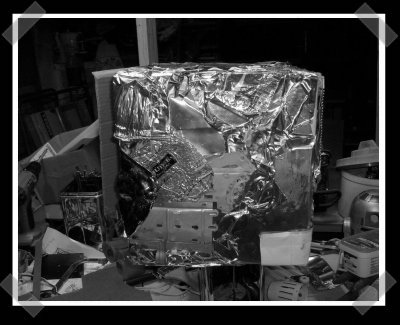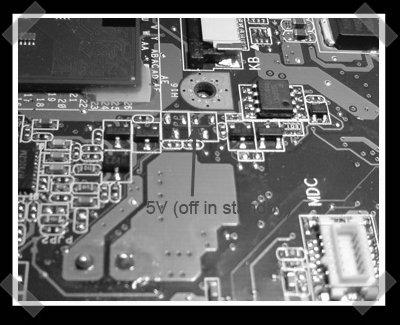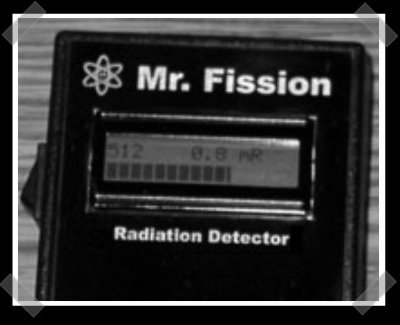
[Roo] sent this in, and it took me a few minutes to see what’s so interested about a deprecated digital audio player. The Rio Receiver originally sold for about $350. Today it’s a dead product, but thanks to some software mods, it can be hacked to acquire the abilities of the SLIMP3(A.K.A. Squeezebox) player. So score one of these puppies on ebay and thanks to a combination of a modified kernel for the player and some software on a linux box, you you turn that old Rio Receiver into a SLIMP3 emulator.
Year: 2007
Roboexotica Highlights

After the break are some of our favorite bits of machinery from Roboexotica so far.
Hackit: Cocktail Robotics

Here is a special edition Hackit in honor of Roboexotica. Ever since making the decision to attend Roboexotica we’ve been speculating on the type of machines we’d like to see at such an event. Here are a handful of ideas:
Iceware via rapid prototyping: As we type this post, [Bre] is in the background attempting to build a RepRap style rapid prototyping machine that will construct shot glasses on demand. We were thinking it would be neat to cut beverage glasses out of blocks of ice using a milling machine, but why stick with normal milling equipment? It’s ice right; you could be doing something stupid like using a butane torch for your working tool. We then began to wonder “Has anyone built an ice based rapid prototyping machine?” You could just deposit water on a frozen surface to create your glassware. A group at the University of Missouri has been investigating “rapid freeze prototyping“. Since they’re using water, they only have to create the frozen shell of the part and then fill in the empty cavity with water to create a solid.
Roboexotica 2007

Tonight marks the kickoff of Roboexotica in Vienna. It’s the world’s leading festival for cocktail robotics. The event aims to explore the role of cocktail robotics as an index for the increasing integration of technological innovations into human lives. It also explores the explosion of radical hedonism in man-machine interaction.
…or it’s just an excuse for a bunch of smart people to get together, build robots, and drink.
The word ‘robotics’ seems to always imply ‘efficiency’, but that’s definitely a no-no at Roboexotica. Fine tuned manufacturer grade cocktail production is not the goal; personality, charm, character, all of these qualities are important in machinery destined for Roboexotica. You can already see some photos from the event setup on Flickr and we’ll be bringing you more posts on the individual machines as we get more information/drinks.
Real Robots From Movie Designs

Thanks to Star Wars, Plenty of people have built their own R2 units. Pixar’s next movie has been running trailers for a while, and there’s already a group(free membership required) devoted to building real versions of the SGI robot star: WALL-E. I guess I’ll have to call it reverse-forward engineering. WALL-E has some interesting design ideas – it compacts trash into cubes, but it can also retract its treads into the same compacting area. (Pictured is a WALL-E style waste cube, by [Jawa Lunk]) Thanks to [Shannon] deserves the credit for turning me onto this one.
Asus Eee PC Trace Hunting

There isn’t anything hacked into it yet, but [tnkgrl] spent some time hunting around her Eee PC for some handy hackable extras. I’d been ignoring them, but now I want one. Oh yes, I do. Hit the writeup for details, but [tnkgrl] identified some semi un-used USB connections, an accessible 5v supply and a spare mini-pcie slot that seems to disable the SSD when it’s in use. The currently unusable mini-pci slot is actually pretty intriguing.
Digital Geiger Counter

Worried about radiation levels? I’m not, but I still want to build one of these. Mr. Fission here was built by the same guy that’s behind the OpenTracker project. [Scott] based it on the Bargraph Geiger counter built by [Russel E. Cliff]. Both use a standard Geiger tube like the LND712. The tube works with high voltages – easy enough with older electronics, but it’s a slightly tougher challenge with todays low voltage gear. [Scott] used the high voltage power supply from the original project, and built the rest around a good ol’ Motorola HC86 series processor. [Scott]’s idea of using an inverter supply designed for a cold cathode lamp is definitely an interesting one.










